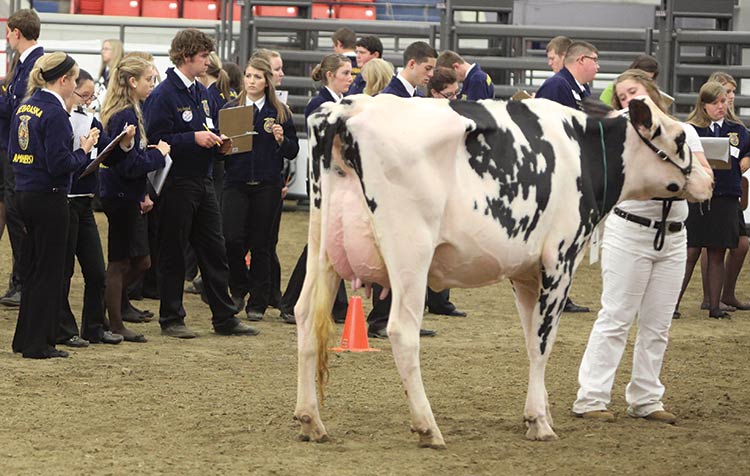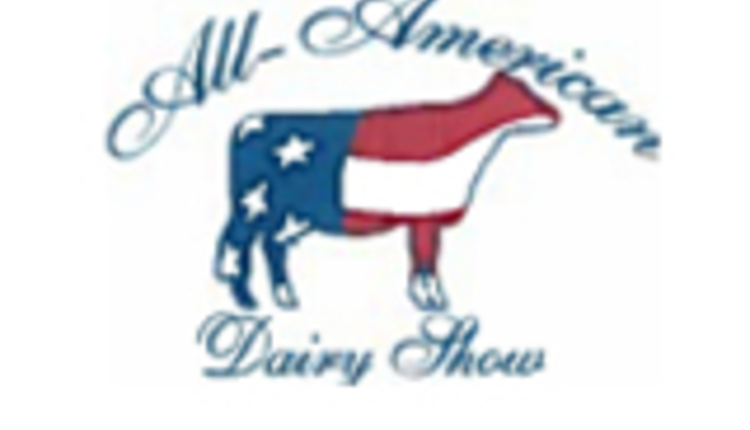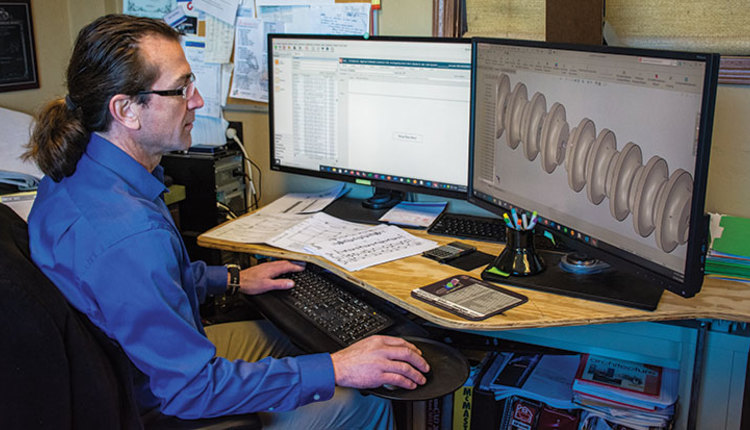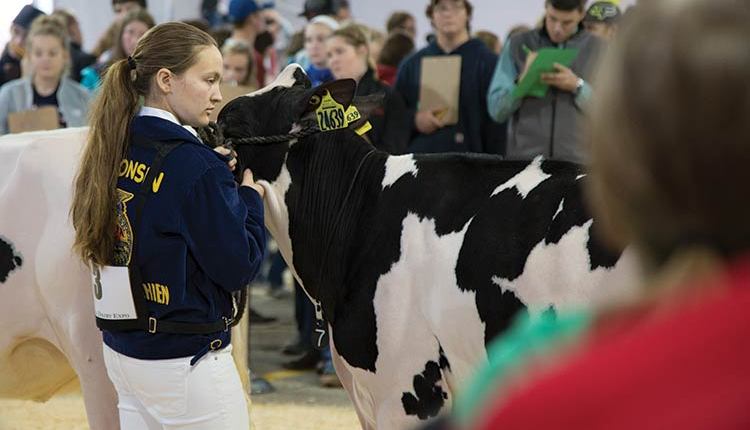The author is in the department of dairy science at Virginia Tech, Blacksburg.

Why do we give reasons in dairy cattle judging? For most of you, I suspect that giving reasons is something you do because your 4-H leader or your judging coach, your mom, your dad, your older brother or older sister said, “Oh, you have to do it. It will be good for you. We had to do it, you have to do it also.” And I think that’s how I started out when I was judging.
What I’ve learned is that giving oral reasons is probably the most important part of judging cows. Why do I say that? Well, let’s back up a little bit and talk about why we judge cows at all. When I first started judging, for me the attraction was that we got to look at a lot of pretty cows. Also, I’m a naturally competitive person, so the idea of winning a national contest appealed to me a lot. But that’s not why we judge cows.
Learning to be decisive
We judge cows to learn how to make decisions. Judging cows is a classic decision-making situation, right? We’ve got a problem. We have to sort these cows and decide which one’s the best. We have to identify alternative solutions. We have to collect useful information to help us make that decision. And then we need to make a decision. Dairy judging teaches decision making better than anything else I know.
Oral reasons are the necessary partner to that decision-making process. In life, it’s not enough to make sound decisions, you have to be able to explain those choices. You have to be able to defend your opinions to people who may not agree, even to people who are criticizing you for the decision that you make.
I use this skill everyday in my personal life. I use it in my work life at Virginia Tech, deciding whom to hire or in deciding whom to fire, and then explaining and defending those decisions. These skills — making decisions, explaining decisions, and defending decisions — will carry you a long way in life. And while you’re judging and giving reasons, there is a bonus: You get to see a lot of pretty cows, you meet a lot of neat people, and maybe if you work hard enough, you get to win a contest or two.
Know your stuff
So, in giving reasons, there are also a couple of things you have to remember. The first is that content matters. It’s what you say even more than how you say it that really matters.
Your reasons have to be accurate, and they have to be true to the cows that you judged. They have to be complete. Reasons must be well organized with the most important differences in a pair of cows presented first.
When you have good content, how you deliver that content matters as well.
Speaking with confidence
Good reasons are convincing. Your job is to convince the official that you’re right. Good reasons are given in moderate speed. I grew up in Connecticut, and I tend to talk really, really fast. But when I learned how to give reasons, I learned how to slow down a bit to provide clarity.
Enthusiasm matters as well. I love judging cows. When I’m judging a show and giving reasons, I think sometimes that comes across in how I’m talking about the show and the cows. But here’s the secret. Even if you don’t love judging, even if you don’t love the particular class you’re giving reasons on, you can fake it. You can sound enthusiastic even when you’re not. It will make a big difference.
Some other skills will be especially important in your reason giving as well. You need to use proper terminology, correct grammar, and clear enunciation. With experience, you will develop your own personal style. That’s when reasons get fun.
Follow the rules
People who know me, and especially my students, will tell you that I am a person of very strong opinions, and I tend to set up rules for a lot of different things. I find that knowing the rules makes life so much easier. So, here they are, the top four rules for giving good oral reasons.
1. Always compare cows rather than describe them.
2. Within a pair of cows, always start with the most important and obvious difference between those two cows.
3. Organize your reasons. Don’t bounce back and forth between categories.
4. Be specific, be very specific, and then be even more specific.
Visit the Virginia Tech Dairy Cattle Judging Team’s YouTube channel to learn more about placings and reasons at on.hoards.com/judginglessons.
This article is the first of a two-part series on giving reasons presented by Virginia Tech and Hoard’s Dairyman.









